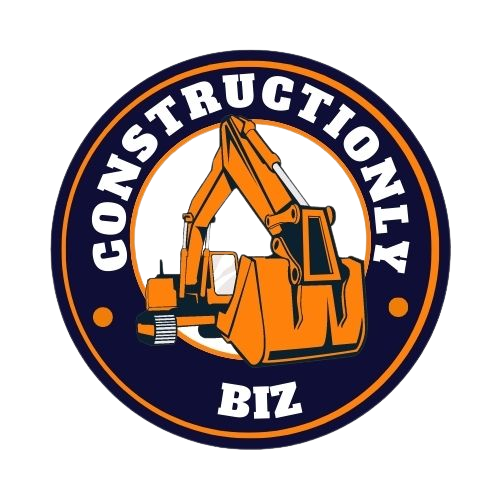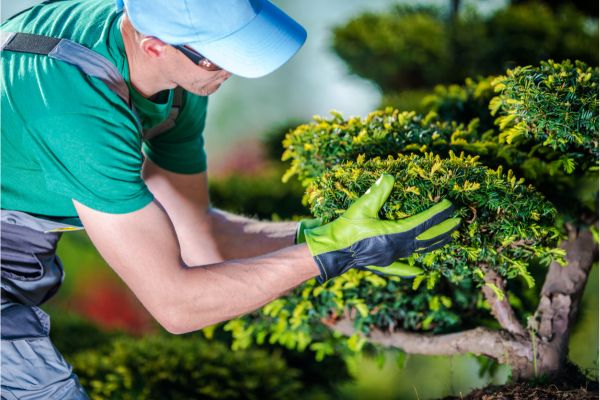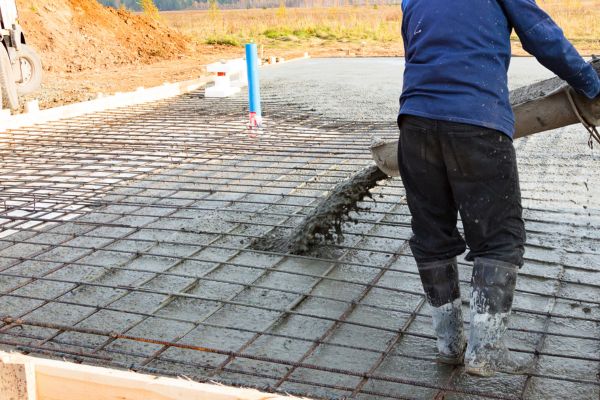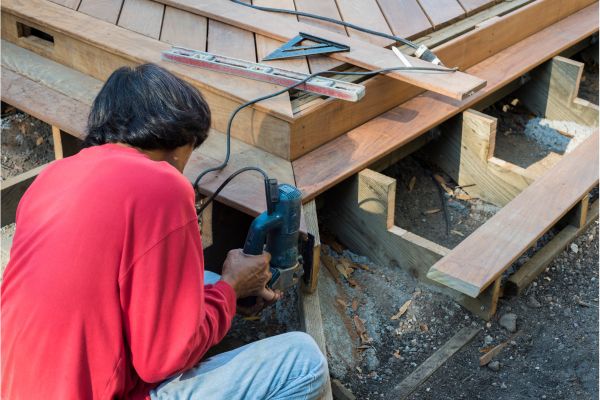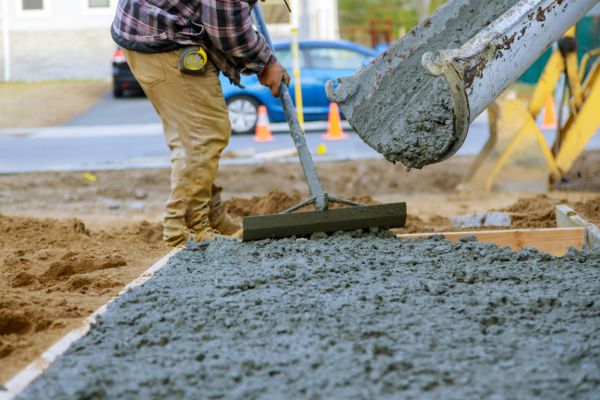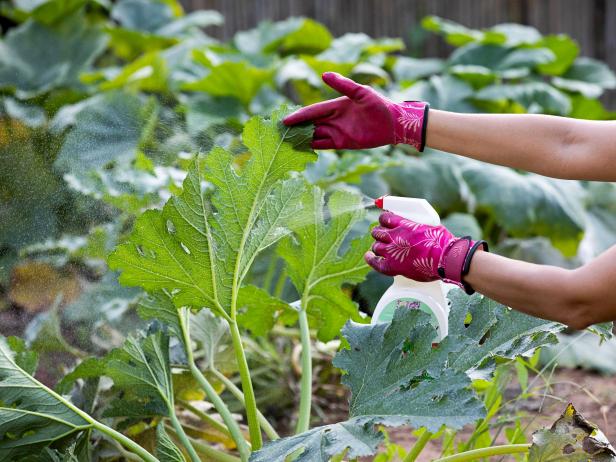Introduction
Trees are not just mere adornments in our surroundings; they are vital pillars of the ecosystem, contributing significantly to air quality, biodiversity, and overall well-being. Behind the flourishing canopies and serene landscapes lies a world of meticulous care and expertise provided by arborists. In this blog, we delve into the essential role of arborists and unveil the intricacies of professional tree care services.
The Role of Arborists
Arborists, often referred to as tree surgeons, are certified professionals trained in the cultivation, management, and study of trees, shrubs, and other perennial woody plants. Their expertise encompasses various aspects of tree care, including pruning, removal, health assessment, and disease management. Certified arborists possess in-depth knowledge of tree biology and are equipped to address the diverse needs of trees in different environments.
Understanding Tree Care Services
Tree care services encompass a wide range of practices aimed at promoting tree health, longevity, and safety. Tree pruning, for instance, involves the strategic removal of branches to improve structure, enhance aesthetics, and mitigate potential hazards. Tree removal becomes necessary in cases of irreversible damage, disease infestation, or when trees pose a threat to property or safety. Arborists also conduct thorough health assessments and diagnostics to identify and treat diseases, pests, and structural weaknesses, thereby preserving tree vitality.
Equipment and Tools of the Trade
Arborists rely on specialized equipment and tools to carry out their work safely and efficiently. From pruning shears and chainsaws to rigging systems and aerial lifts, each tool serves a specific purpose in the arborist’s toolkit. Safety gear, including helmets, gloves, and harnesses, is paramount to protect arborists from potential hazards associated with tree work.
Environmental Considerations
While arborists are dedicated to enhancing tree health and aesthetics, they also prioritize environmental sustainability. Adopting eco-friendly practices, such as composting organic debris and promoting native tree species, helps minimize environmental impact and preserve biodiversity. Arborists recognize the interconnectedness of trees within ecosystems and strive to maintain ecological balance in their work.
Challenges Faced by Arborists
Arborists encounter various challenges in their line of work, ranging from hazardous working conditions to complex tree diseases and pests. Working at heights and in adverse weather conditions requires careful planning and adherence to safety protocols. Additionally, combating invasive pests and diseases demands ongoing research and innovation to safeguard tree populations.
Case Studies and Success Stories
Real-life examples highlight the profound impact of professional tree care services on communities and the environment. From salvaging storm-damaged trees to restoring urban green spaces, arborists play a pivotal role in preserving natural resources and enhancing quality of life. These success stories underscore the importance of investing in arboriculture and fostering collaboration between arborists, homeowners, and local authorities.
Tips for Homeowners
Homeowners can contribute to tree health and safety by recognizing the signs of potential problems and scheduling regular maintenance inspections with certified arborists. Simple practices such as watering, mulching, and avoiding mechanical damage can promote tree vigor and resilience. When in doubt, consulting with a professional arborist ensures informed decision-making and optimal care for your trees.
Takeaway
Arborists are the unsung heroes behind the majestic beauty of our urban landscapes and natural habitats. Their expertise and dedication to tree care are indispensable in safeguarding the environment and enhancing community well-being. As stewards of the earth, let us recognize the invaluable contributions of arborists and prioritize the preservation of our precious tree resources.
